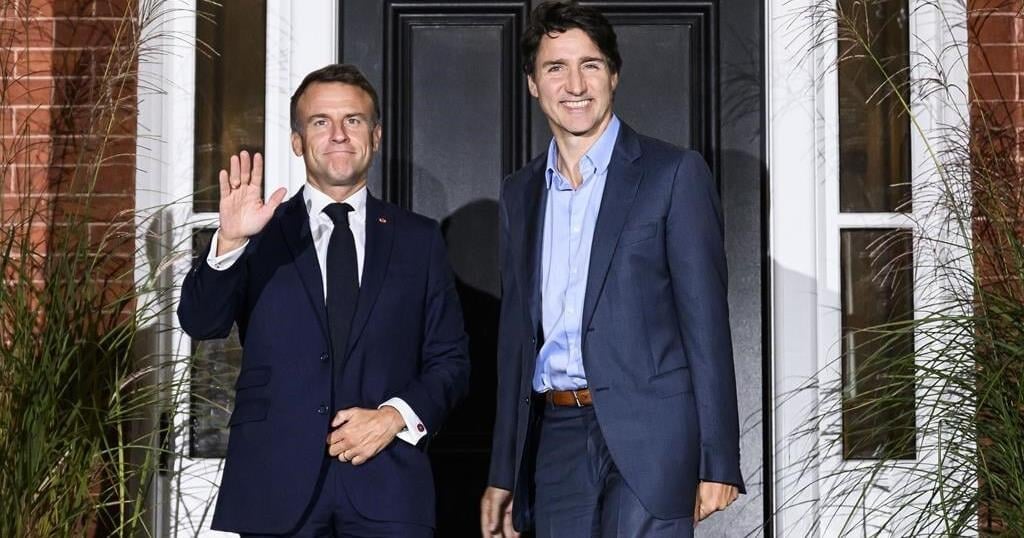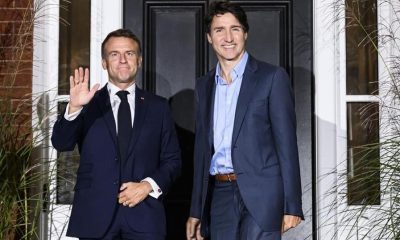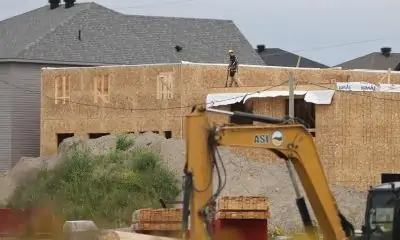In Canadian parliamentary democracy, a vote of no confidence (also known as a confidence motion) is a crucial mechanism that can force a sitting government to resign or call an election. It is typically initiated when the opposition, or even members of the ruling party, believe that the government has lost the support of the majority in the House of Commons.
What Is a Vote of No Confidence?
A vote of no confidence is essentially a test of whether the government, led by the prime minister, still commands the support of the majority of Members of Parliament (MPs) in the House of Commons. If the government loses such a vote, it is either required to resign or request the dissolution of Parliament, leading to a general election.
This process upholds one of the fundamental principles of Canadian democracy: the government must maintain the confidence of the elected House of Commons to govern. This rule ensures accountability and provides a check on the government’s power.
How Many Votes Are Needed for a No Confidence Motion?
In the Canadian House of Commons, there are 338 seats. To pass a vote of no confidence, a simple majority of MPs must vote in favor of the motion. This means that at least 170 MPs must vote in support of the motion to cause the government to lose confidence.
If the government holds a minority of seats, it is more vulnerable to such a vote. In this case, the opposition parties could band together to reach the 170 votes required for the no-confidence motion to succeed. In a majority government, the ruling party has more than half the seats, making it more difficult for a vote of no confidence to pass, unless there is significant dissent within the ruling party itself.
Types of Confidence Votes
- Explicit Confidence Motions: These are motions specifically introduced to test whether the government still holds the confidence of the House. For example, the opposition might move a motion stating, “That this House has no confidence in the government.”
- Implicit Confidence Motions: Some votes are automatically considered confidence motions, even if they are not explicitly labeled as such. The most common example is the approval of the federal budget. If a government loses a vote on its budget, it is seen as losing the confidence of the House.
- Key Legislation: Occasionally, the government may declare certain pieces of legislation as confidence matters. This could be done to ensure the support of the ruling party and its allies, as a loss on such a bill would mean the collapse of the government.
What Happens If the Government Loses a Confidence Vote?
If a government loses a confidence vote in the House of Commons, two outcomes are possible:
- Resignation and New Government Formation: The prime minister may resign, and the governor general can invite another leader, typically the leader of the opposition, to try to form a new government that can command the confidence of the House.
- Dissolution of Parliament and General Election: The prime minister can request that the governor general dissolve Parliament, triggering a general election. This gives voters the opportunity to elect a new Parliament and government.
Historical Context of Confidence Votes in Canada
Canada has seen several instances of votes of no confidence, particularly during minority government situations. For example, in 2011, the government of Prime Minister Stephen Harper lost a vote of confidence over contempt of Parliament, which led to the dissolution of Parliament and the federal election.
Historically, most no-confidence votes are associated with budgetary issues or key pieces of legislation. They can be rare, especially in majority governments, as the ruling party usually has enough support to avoid defeat in the House of Commons.
To pass a vote of no confidence in Canada, at least 170 MPs out of 338 must vote in favor of the motion. This vote can lead to the government’s resignation or a general election, making it a powerful tool in ensuring that the government remains accountable to the elected representatives of the people. In the context of Canadian democracy, the vote of no confidence is a key safeguard of parliamentary oversight and political responsibility.
Related

























